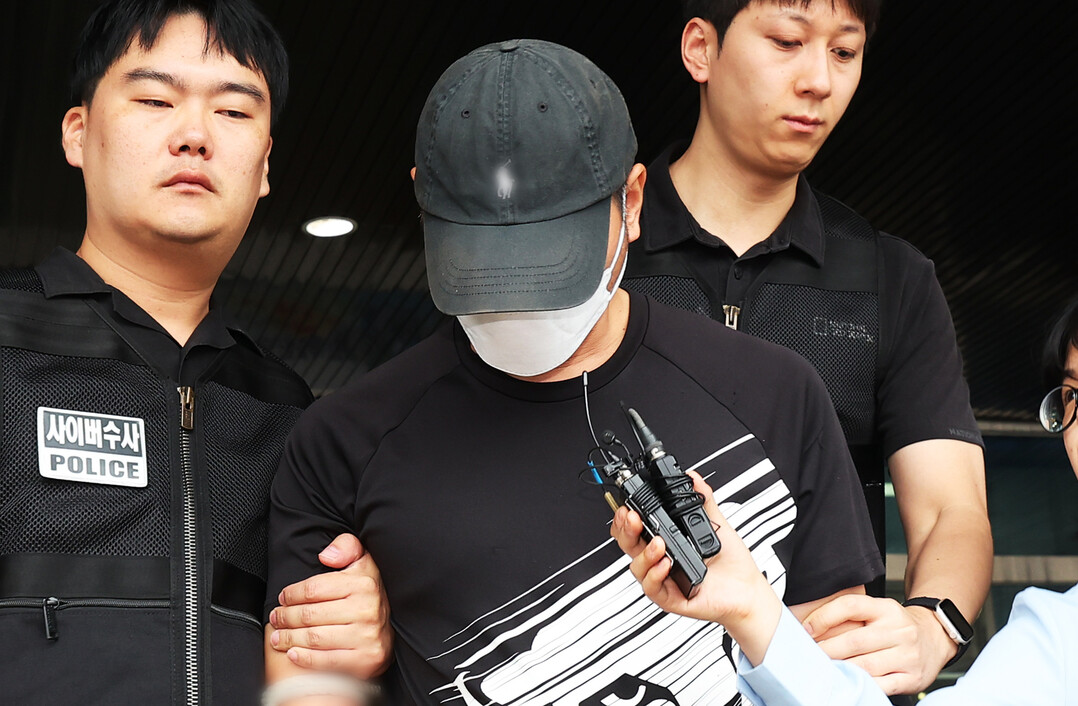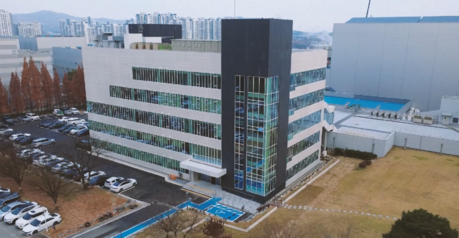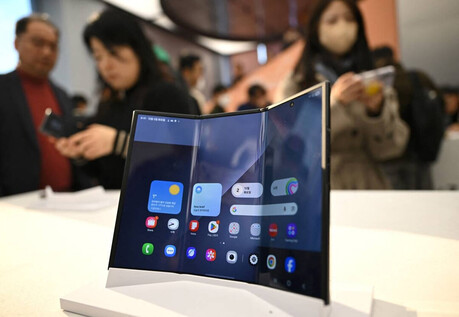
The arrest of two Chinese nationals in connection with the recent KT mobile payment fraud has provided some answers, but significant questions remain unresolved for both the public and industry experts. While the arrests represent a major breakthrough, the full scope of the crime and the technical details of how it was executed are still under investigation.
The Suspects and Their Alleged Roles
Police have apprehended two individuals: one is suspected of using illegal "femtocells" to intercept signals and make unauthorized small-sum payments, while the other is believed to have converted the stolen proceeds into cash. The suspects, who were working as day laborers in Korea, have no known telecommunications experience, which raises doubts about their ability to carry out such a sophisticated technical scheme on their own. One suspect's statement that he "just did what I was told" further suggests the involvement of a larger, organized crime ring.
Unanswered Technical Questions
The most alarming aspect of the crime was the use of rogue femtocells, which are small cellular base stations typically used to improve indoor signal strength. Police seized four of these illegal devices, which were allegedly modified to intercept victims' phone data, including their phone numbers, subscriber IDs (IMSI), and device IDs (IMEI). However, it remains unclear how the attackers acquired the technical knowledge to modify these devices and, crucially, how they managed to bypass the phone verification processes typically required for mobile payments. KT officials have stated that they hope to identify the process after the police investigation is complete.
Broader Implications and Ongoing Investigation
The number of victims and the total damages continue to grow. According to the latest announcement from KT, the number of affected users has increased to 362, with damages totaling 240 million won ($173,000). The number of KT users whose personal information was compromised has also risen significantly to 20,000. KT has since implemented measures to block suspicious payment attempts and is conducting a full inspection of its 189,000 femtocells nationwide. The company has also promised to reimburse all victims and provide complimentary insurance coverage for financial fraud to the 20,000 potentially exposed users. The police investigation is now focused on uncovering how the suspects obtained the illegal equipment, their technical knowledge, and whether a larger criminal organization is orchestrating the fraud. The resolution of these lingering questions is crucial to ensuring such a crime does not happen again.
[Copyright (c) Global Economic Times. All Rights Reserved.]






























